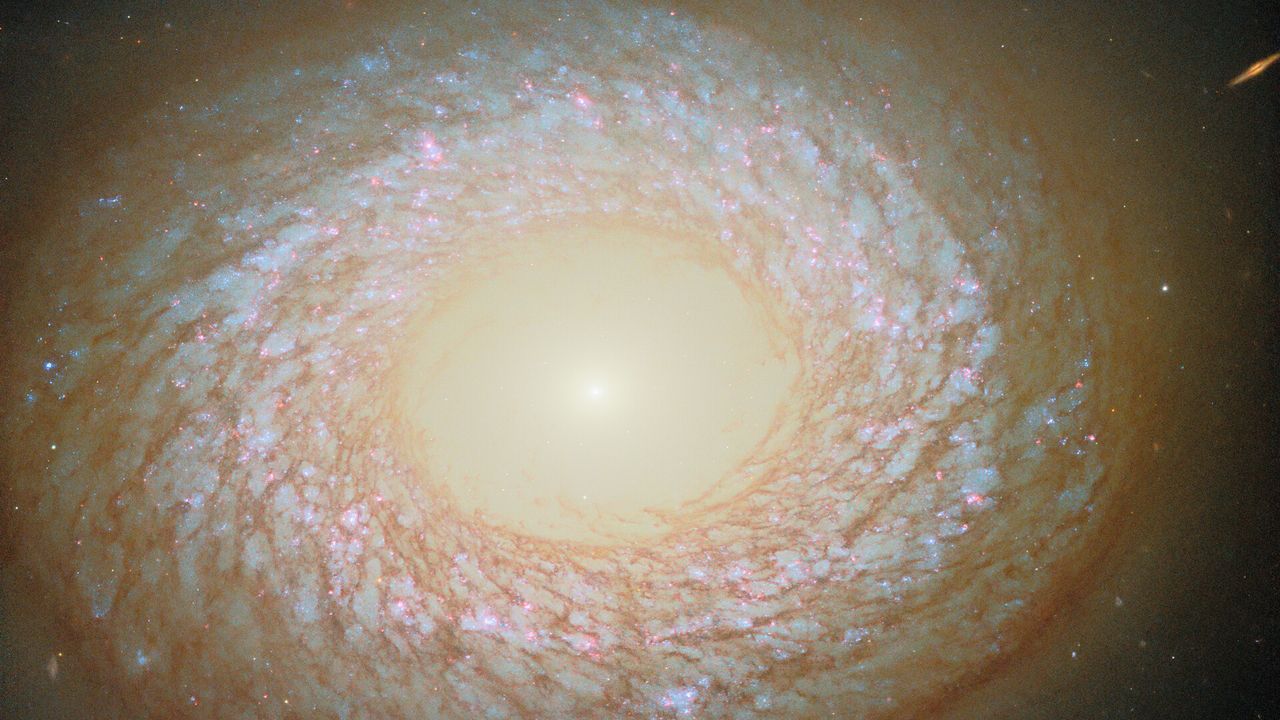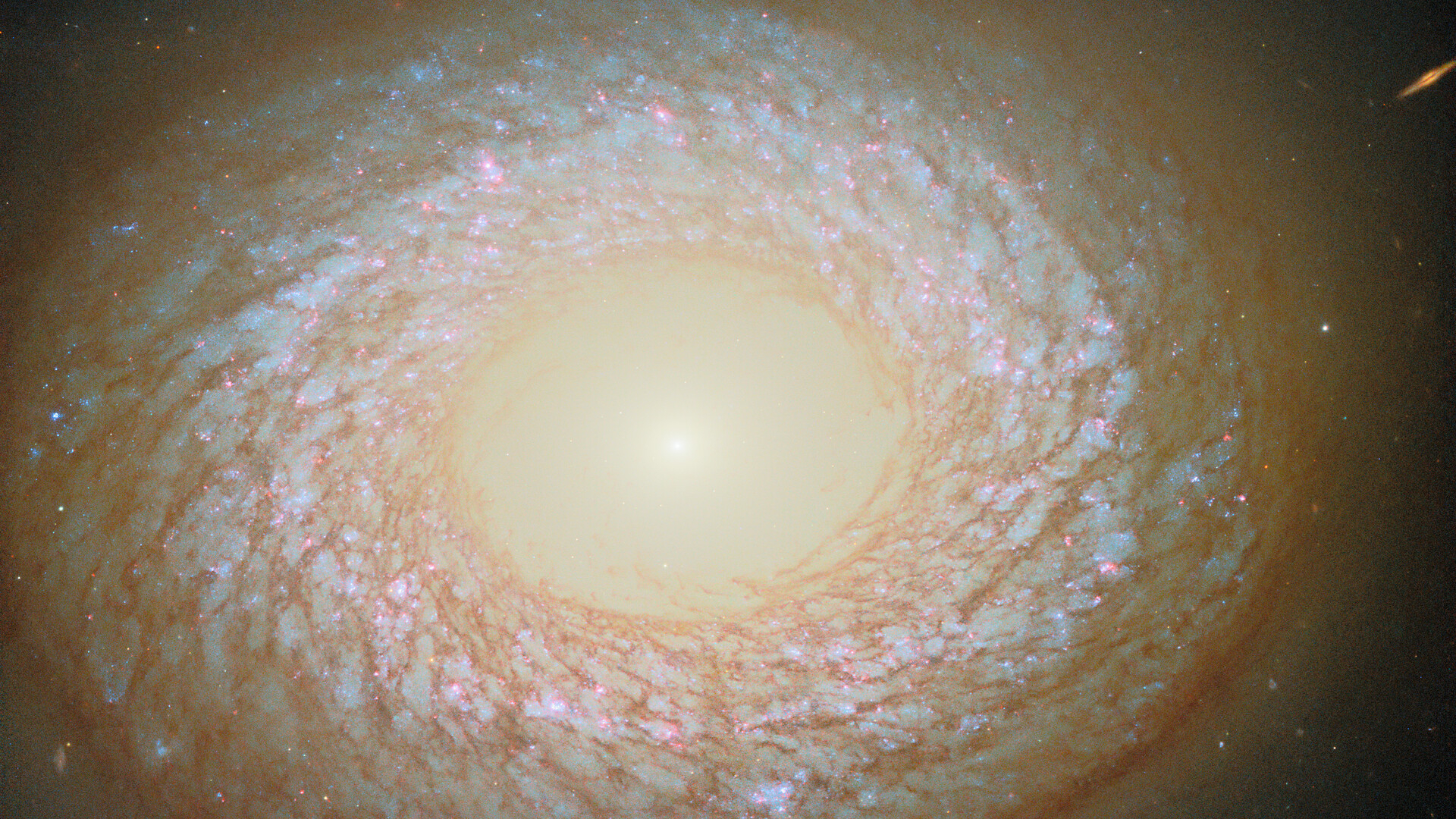
Astronomers have long sorted galaxies into types based on their visible structure. Spiral galaxies, like our Milky Way, have a flat disk, winding spiral arms and ongoing star formation. Ellipticals tend toward smooth, featureless ellipsoids with older stellar populations and little cold gas or dust.
Some galaxies, known as irregulars, don't fit neatly into either mold. And some have aspects of both — like the galaxy NGC 2775, which we see in this Hubble Space Telescope image.
What is it?
Hubble's sharp resolution allows observers to pore over the galaxy's details, showing that it has traits of both spiral and elliptical galaxies. Its core appears unusually smooth and gas-poor, traits of elliptical galaxies, while around that core lies a dusty ring peppered with star clusters, bearing more resemblance to a spiral structure.
Where is it?
NGC 2775 lies around 67 million light-years away in the direction of the constellation Cancer.

Why is it amazing?
Galaxies like NGC 2775 allow astronomers to look at the transitional zones between galaxies as they evolve over time. These hybrids of sorts may have faded spiral arms, rings or bars, all remnants of past interactions.
Unfortunately, we are currently only viewing NGC 2775 at one angle, making it difficult to determine its exact shape. This has led some experts to classify it as a lenticular galaxy, which has a combination of spiral and elliptical features. What astronomers also point out, which Hubble wasn't able to capture, is a 100,000-light-year-long hydrogen tail wrapped around the galaxy, suggesting NGC 2775 may have merged with other galaxies in the past.
Want to learn more?
You can read more about the Hubble Space Telescope and galaxy formation.







